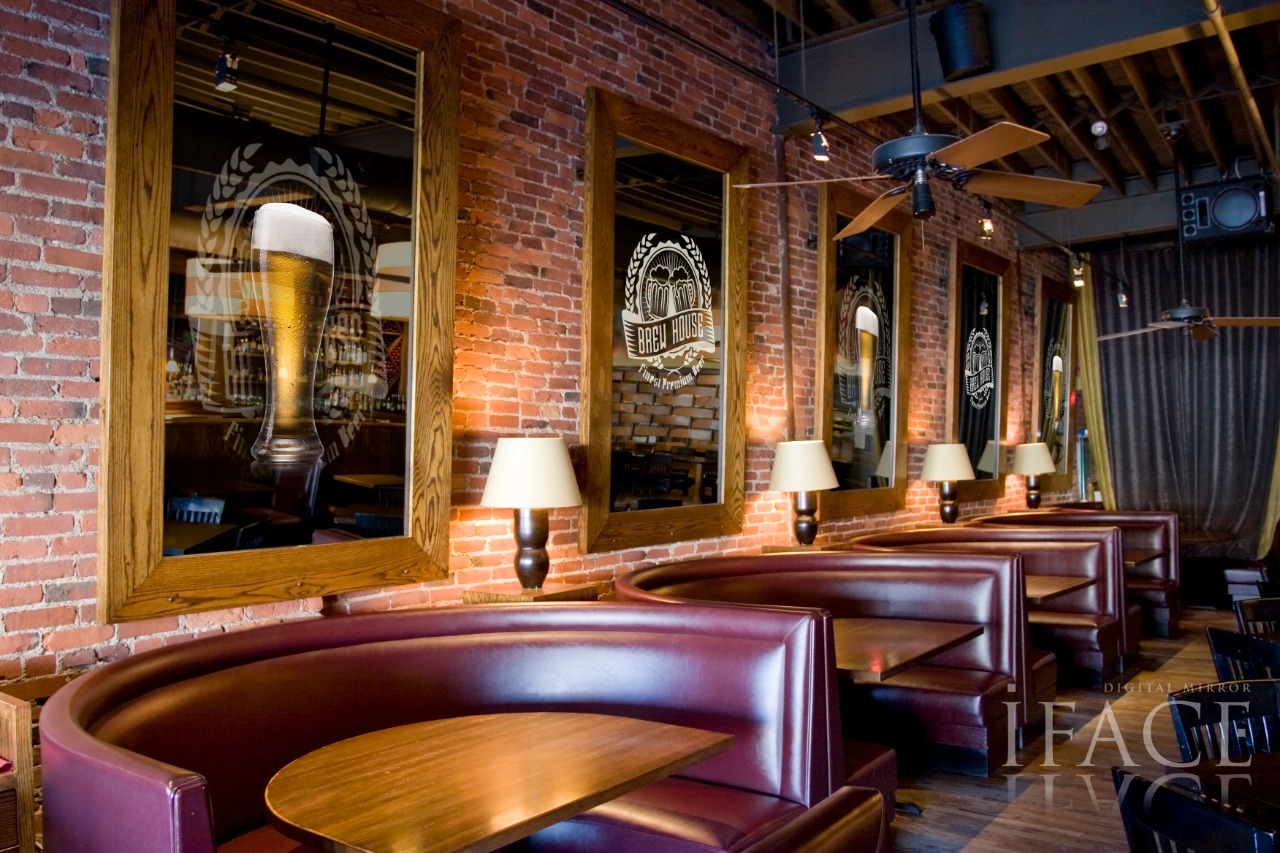Jarábik Barbara: Your marketing materials should also use aspirational language that emphasizes the quality and exclusivity of your products. This will create an emotional connection with customers and encourage them to buy your product. Use aspirational slogans, such as “the ultimate in luxury” or “beyond compare.” Be selective about your marketing channels. Not all marketing channels are created equal. Advertising in high-traffic luxury online magazines will be more effective than running adverts in those print publications which are suffering from declining traffic, so do your research thoroughly.

You can’t purchase boots like these just anywhere which creates an effect of rarity. This builds tension as a result. Customers know that they have limited options when searching for this kind of product, and have to make a decision sooner than later. Let’s be honest. A big reason why consumers purchase luxury goods is to portray a certain image, look flashy, and appear wealthier than they are. I’m generalizing, of course, but keep with me. It’s not outrageous to think that someone buying a luxurious sedan wants to look professional and feel business-like, right? This is exactly why you can market your luxury product by helping them imagine what it would be like to experience having it.
Exclusivity is fundamental to luxury brand marketing as it maintains consumer desire through scarcity and rarity. If anyone could walk into Louis Vuitton and buy a handbag, Louis Vuitton would lose their appeal to those who wish to have something that others can’t get access to. Given the Internet’s accessibility and autonomy, many luxury brands worry about losing their sense of exclusivity when it comes to going online. This, however, is flawed logic.
For the majority of search marketers, Google advertising is the be-all-end-all. Bing and other networks (Yahoo Gemini among them) tend to exist in their arsenal complementarity, if at all. Generally speaking, this is a bad idea. For luxury brands, it’s a cardinal sin. According to Bing, nearly one third of its audience has a household income of $100,000 or more. What does that 30% mean, exactly? 160 million unique searchers. 5 billion monthly searches. But perhaps most important to your business is the fact that Bing allows you to reach 59 million people who aren’t reached on Google. Yes, for the most part clicks on Bing are cheaper than they are on AdWords. This is awesome. But the network’s real value is the fact that you can get an additional 118 million eyeballs (a third of which have are attached to six-figure incomes) on your luxury goods.

According to a report by McKinsey digital now influences at least 45% of all luxury sales. It’s understandable why luxury brands have been hesitant to move online. Yet, with print and display advertising returns decreasing, and luxury shoppers spending more time online and on mobile devices, luxury brands need to not only adapt to survive in the digital universe, but to thrive also. While the strategies outlined below will provide useful inspiration, it’s worth pointing out that the best strategies will always come from clarifying your goal, breaking it down and brainstorming brand-specific solutions with your team. For this we’d recommend using a tool like TrueNorth or one of the marketing planning tools mentioned here. Find more info at Jarábik Barbara.
Digital signage mirrors are another way for luxury brands to advertise efficiently : The world digital signage mirrors market was valued at USD 780 million in 2021. The global market is expected to grow steady at a CAGR of 12.21% to hit USD 910 million by 2023. Digital signage mirrors can vastly improve individual efficiency by choosing outfits as per weather updates while also offering bus and train schedules (including traffic updates). Digital signage mirrors in smart homes, planes, commercial spaces, hotels, etc. are designed to be connected to users as well as with different devices around. Energy efficiency is one of the major advantages that will drive the adoption of digital signage mirrors.